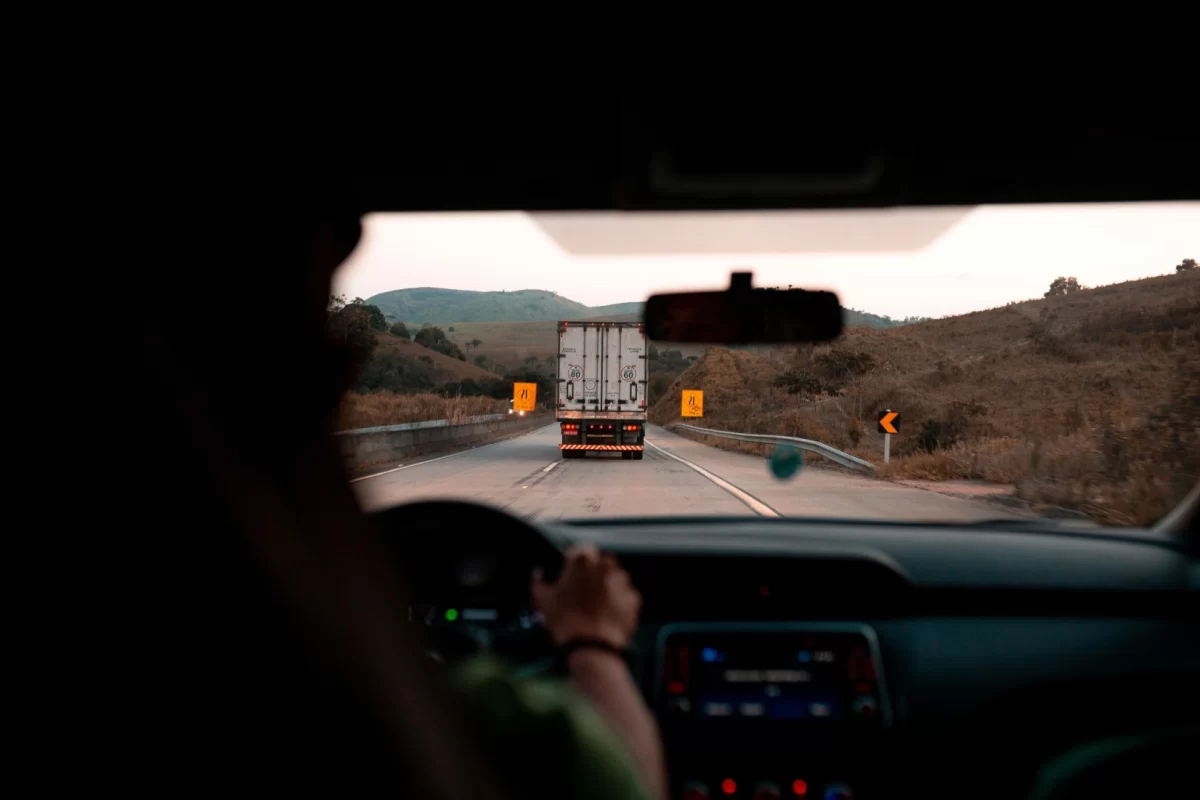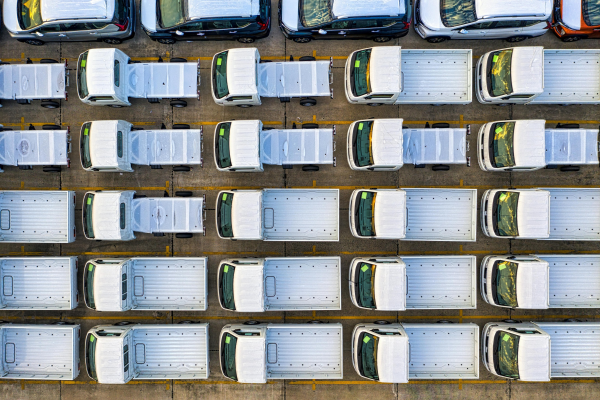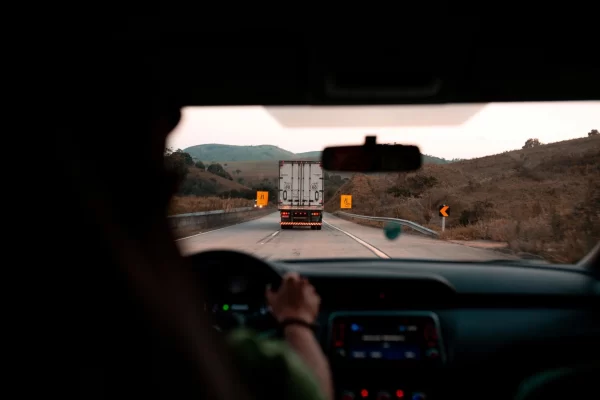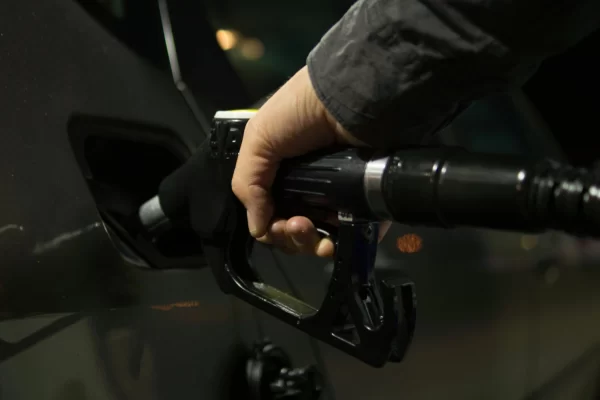A moment’s distraction can cost a fleet thousands of costs. A few seconds of tailgating, a missed lane marking, or a delayed reaction to traffic can turn into an accident that sidelines vehicles, hurts uptime, and drives insurance premiums through the roof. For fleet operators and safety managers, these aren’t small mistakes — they’re expensive lessons in risk management.
That’s why AI-enabled dash cameras powered by Advanced Driver Assistance Systems (ADAS) have become an essential part of modern fleet operations. These fleet vehicle systems go beyond recording video. They interpret road data in real time, detect potential hazards, and alert drivers before an incident happens. When correctly calibrated, they form a crucial safety layer that protects both drivers and company assets.
This article breaks down what ADAS calibration actually means, how it works inside AI dash cameras, and why precise calibration is key to fleet safety and performance.
What Is Advanced Driver Assistance Systems (ADAS) Calibration?
Advanced Driver Assistance Systems (ADAS) calibration is the process of fine-tuning the vehicle’s safety sensors and cameras, so they read the road accurately. In modern vehicles, ADAS systems rely on an array of various sensors — including forward radar sensors, rear radar sensors, and camera sensors — to detect lane markings, vehicles, pedestrians, and other potential hazards.
Each of these components must be accurately aligned according to the vehicle’s manufacturer specifications. Even a minor shift caused by windshield replacement, collision repair, or a change in wheel alignment can disrupt sensor accuracy, creating false alerts or delayed warnings.
Fleet managers who understand ADAS calibration see it as more than maintenance — it’s a safeguard for uptime and compliance. A properly calibrated system ensures every forward collision warning, lane departure alert, and blind spot detection feature performs exactly as designed. The difference between a correctly calibrated system and one slightly off can mean the difference between avoiding and causing an accident.
How ADAS Works in AI Dash Cameras?
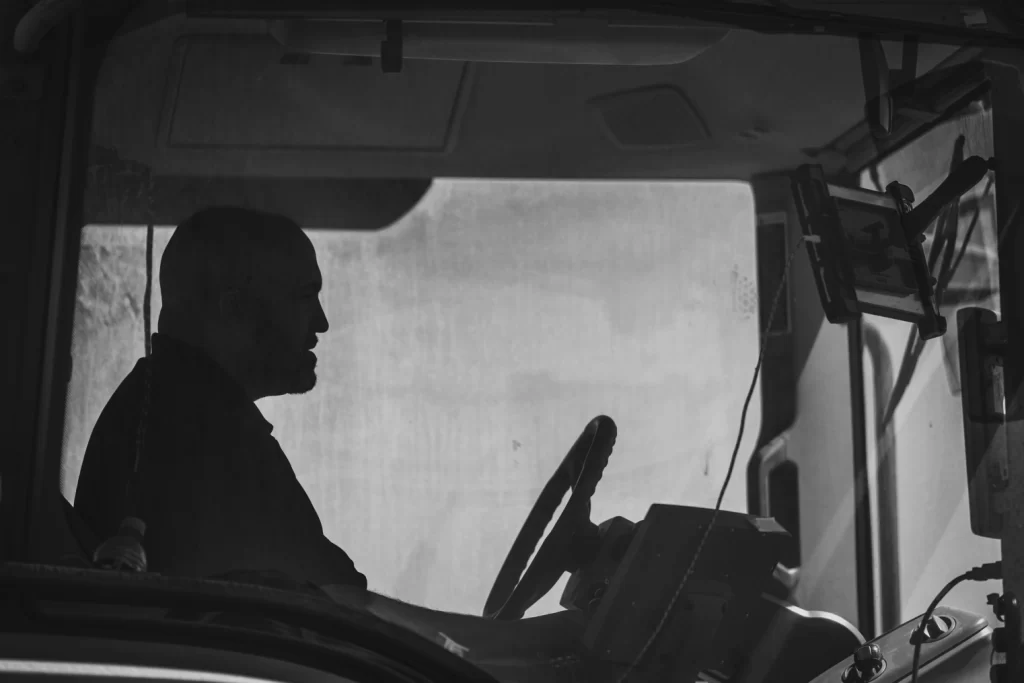
Inside an AI dash camera, Advanced Driver Assistance Systems detect potential collisions, monitor lane position, and measure following distance using data from multiple sources to assess the vehicle’s surroundings . Camera sensors capture lane markings and nearby vehicles, radar sensors gauge distance and speed, and steering angle sensors interpret driver intent.
When the system identifies a potential collision or unsafe condition, it triggers real-time alerts such as Forward Collision Warning (FCW) or Lane Departure Warning (LDW). These alerts help drivers make immediate corrections, reducing human error and preventing accidents.
Paired with cloud intelligence, these devices don’t just react — they learn. Over time, AI analyzes video events and identifies patterns such as frequent harsh braking, distracted driving, or tailgating behavior. This information supports coaching programs, ensuring that safety isn’t just enforced but built into everyday driving, ultimately contributing to customer satisfaction .
For this advanced ecosystem to function correctly, every ADAS component must go through a precise calibration process. Calibration aligns each camera and radar so their “view” of the road matches real-world distances and angles. It typically involves calibration targets placed at specific distances within a controlled environment, ensuring the sensors interpret road data exactly as the vehicle’s safety systems expect.
There are two main calibration types:
- Static calibration – Conducted indoors using specialized targets and a level floor to align sensors when the vehicle is stationary.
- Dynamic calibration – Done on the road, where ADAS sensors adjust using live driving data under real conditions.
Both are essential. Static calibration ensures foundational accuracy, while dynamic calibration fine-tunes how the system interprets surroundings during motion. When performed by expert technicians with the right scan tools, reflective surfaces, and OEM procedures, the system regains its full ability to detect, warn, and protect.
Core ADAS Features
Modern ADAS technologies combine multiple safety features designed to address different aspects of risk. Here’s how each feature contributes to automotive safety and uptime:
- Forward Collision Warning (FCW)– Monitors the road ahead using adaptive cruise control by front radar sensors and camera inputs to detect slower or stopped vehicles. When an imminent collision is detected, it instantly alerts the driver, giving crucial reaction time.
- Lane Departure Warning (LDW)– Tracks Lane markings using front-facing camera sensors and warns the driver when drifting outside a lane without signaling. This reduces sideswipe incidents and fatigue-related drifting.
- Pedestrian and Cyclist Detection– Uses AI image recognition in identifying people or detecting objects entering the vehicle’s path. When detected, the system warns the driver or engages automatic emergency braking systems to avoid contact.
- Tailgating Alerts– Measures the vehicle’s speed and distance to the car ahead. If following too closely, the system issues a warning before the driver risks a rear-end crash.
- Speed Limit Recognition– Reads and identifies speed signs using visual and mapping data, notifying drivers when exceeding limits.
Each of these functions depends on accurate calibration. If any ADAS sensors are misaligned, the system might misjudge distances or fail to recognize lane boundaries — turning powerful safety tools into unreliable ones. That’s why fleets invest in periodic ADAS recalibration to maintain the highest level of system performance.
Why It Matters for Commercial Fleets
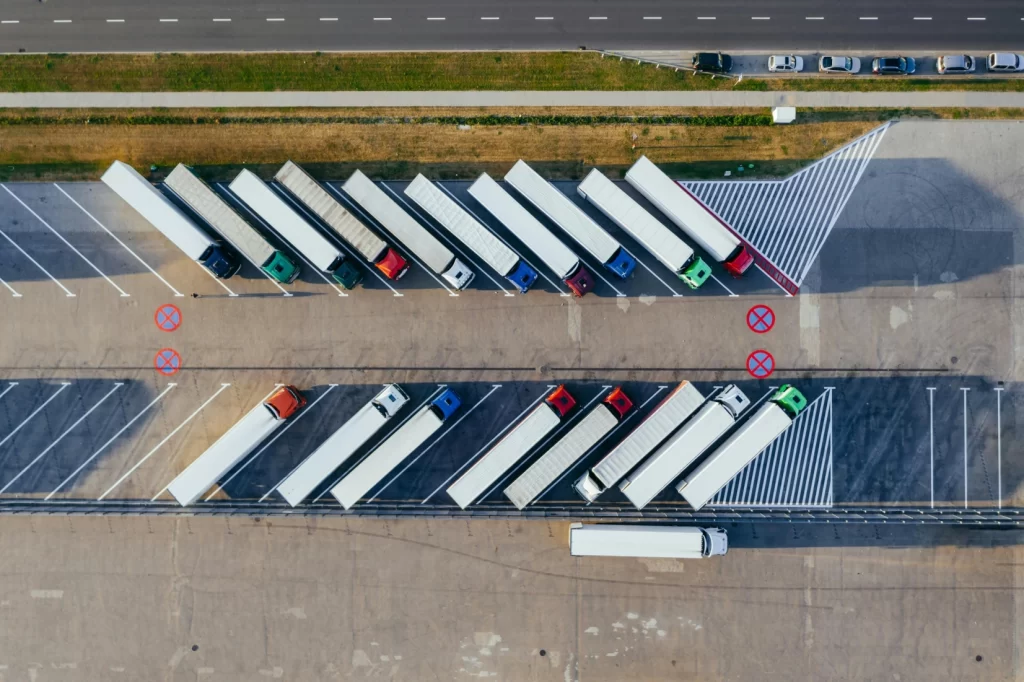
For fleets, the benefits of ADAS-powered dash cameras go beyond safety — they impact the bottom line. Fleets using ADAS report measurable reductions in preventable accidents, maintenance costs, and insurance claims. They also gain valuable driver behavior insights that can be used for training, coaching, and recognition programs.
Key benefits include:
- Fewer Collisions, Lower Costs– Properly calibrated ADAS systems detect potential hazards early, allowing drivers to respond before impact. Fleets using AI-enabled ADAS dash cameras often report up to double-digit reductions in preventable accidents, resulting in lower repair expenses and reduced downtime.
- Enhanced Driver Safety Culture– By combining real-time alerts with post-trip insights, driver coaching becomes data-driven and constructive. Instead of relying solely on penalties, managers can recognize safe behavior, turning collision avoidance into motivation rather than punishment.
- Reduced Insurance and Maintenance Costs- Insurance companies increasingly reward fleets that demonstrate proactive safety measures. Using ADAS-enabled dash cameras with proper calibration helps fleets qualify for lower premiums while also reducing wear from aggressive braking and unnecessary lane changes.
- Improved Compliance and Reputation– Fleet operators managing multiple regions must balance uptime with regulatory compliance. With precise ADAS calibration, data remains reliable — supporting CSA scores, internal audits, and customer trust.
- Actionable Visibility and Real-Time Data– Through integration with systems like Geotab, managers can see how alerts correlate with actual road conditions. Instead of endless video reviews, they access summarized analytics that show when and how drivers react to vehicle safety warnings.
When these benefits combine, the result is not just a safer fleet, but a smarter one — with data, calibration, and AI working together to protect every driver and vehicle.
The Traxxis Advantage
At Traxxis GPS Solutions, safety technology and precision calibration meet practical fleet performance.
Our ZenCAM and Geotab-integrated camera options bring together AI-enabled dash cameras, Advanced Driver Assistance Systems, and cloud-based analytics into one unified platform. Fleets gain instant access to event-based video, real-time alerts, and comprehensive safety scores that track progress across the team.
The advantage lies in the details — calibration accuracy, reliable sensor alignment, and post-event insights that drive measurable change. With Traxxis, fleets don’t just install technology; they build a complete ecosystem that learns and evolves with every trip.
Each ADAS calibration process handled by Traxxis or its authorized partners follows OEM specifications to maintain system performance and sensor integrity. From installation calibration to recalibration after glass or mount changes, our team ensures every component functions correctly in harmony with the vehicle’s advanced safety systems.
FAQs
1) What are ADAS dash cameras?
ADAS dash cameras use Advanced Driver Assistance Systems for fleets to detect risks and issue real-time driver alerts that help reduce fleet accidents.
2) How do AI-enabled fleet cameras improve safety?
They combine collision prevention technology with a driver monitoring system to spot tailgating, lane drift, distraction, and drowsiness, then trigger real-time driver alerts and log coachable events.
3) Do ADAS dash cameras replace OEM systems?
No. They complement OEM features. This commercial fleet safety technology adds video evidence, cloud analytics, and AI fleet management insights for stronger fleet safety solutions.
4) What Traxxis options integrate best?
The ZenCAM dash camera and Geotab video telematics pair ADAS detection with GPS, diagnostics, and coaching workflows so managers see context, not just clips.
5) When should fleets calibrate, and how do we start?
Calibrate at install, after glass or mount changes, after impacts, or if alerts feel early or late. Start with a pilot to measure alert quality and reduction in incidents, then scale.
Ready to Transform Your Fleet’s Safety and Efficiency?
ADAS technologies make driving safer by reducing human error and reacting faster than a person could. But those systems are only as good as their calibration. A vehicle that isn’t calibrated properly loses its ability to judge distance, detect obstacles, and apply emergency corrections.
For individuals, this means greater risk. For fleets, it means potential downtime, liability, and higher operational costs. Proper calibration keeps every ADAS feature—from forward collision warning to rear radar sensors—working as intended.
The road to safer operations starts with precision. Explore how ADAS calibration, AI-enabled dash cameras, and Traxxis’ integrated safety solutions can redefine how your fleet operates — from risk detection to driver development.
Contact Traxxis GPS Solutions today to schedule a personalized demo and experience firsthand how a calibration service like ours helps fleets stay Connected. Protected.

